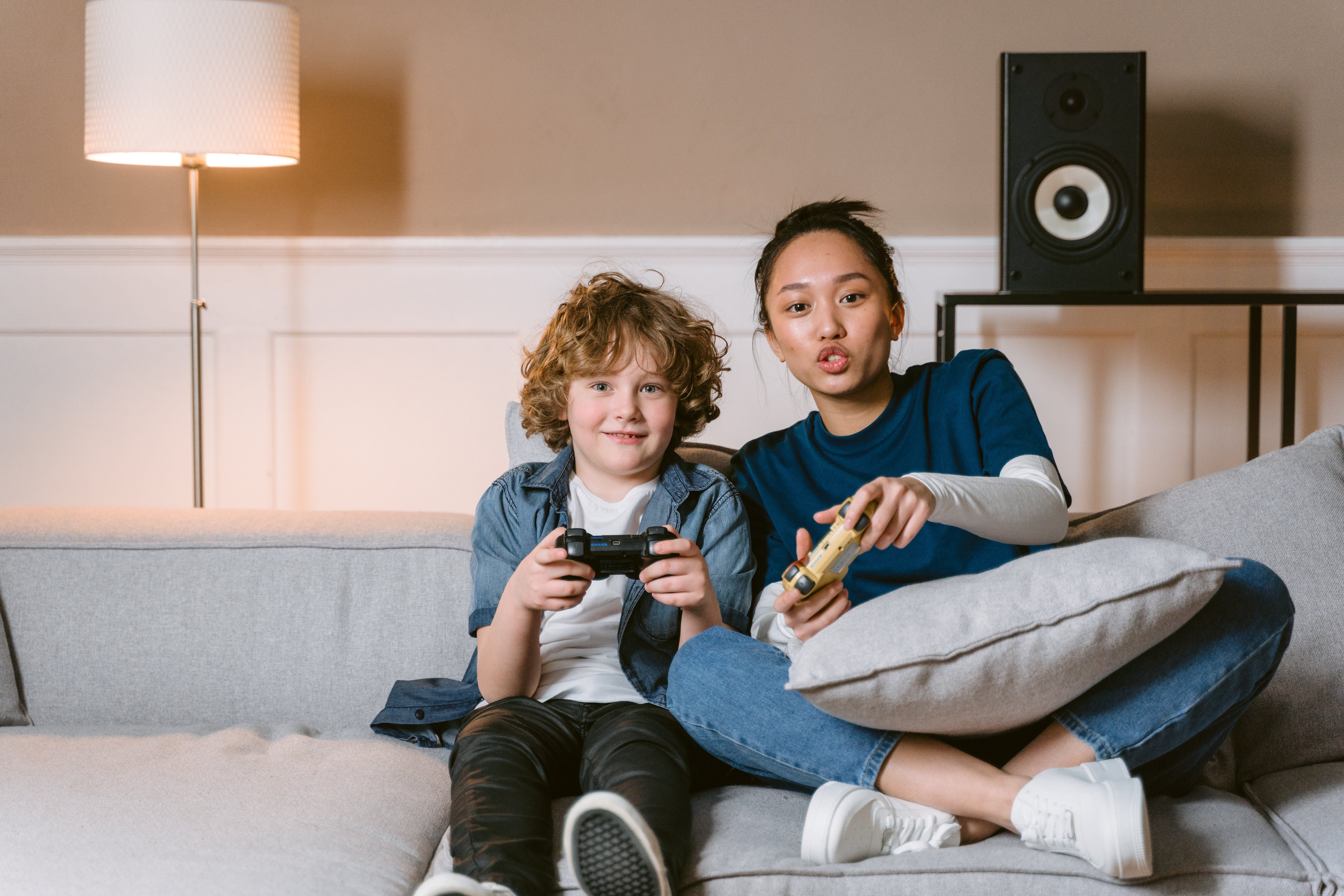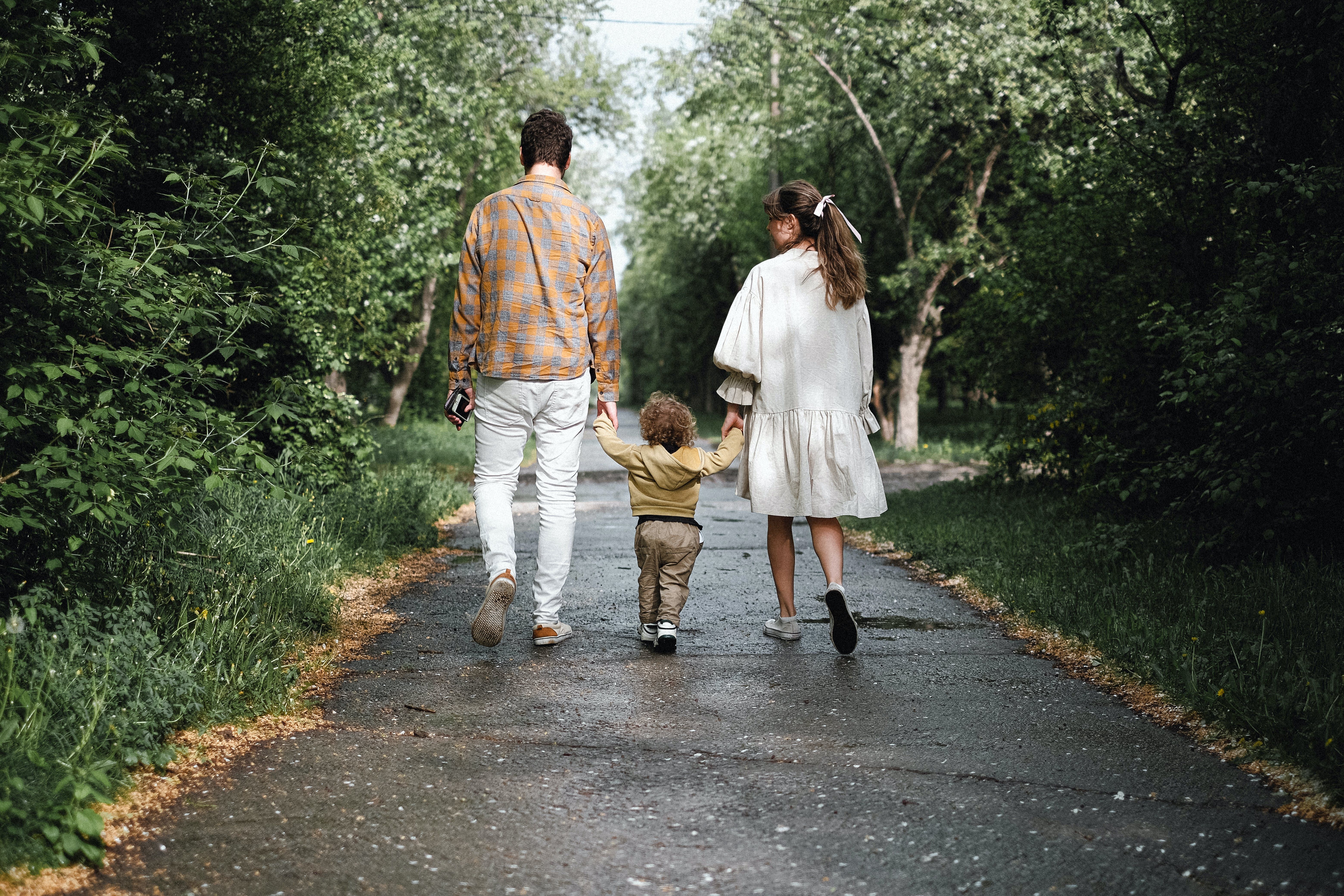
Art Therapy for Teens Struggling to Fit in: A Guide for Parents
Art therapy offers teens struggling to fit in a safe way to explore identity, build social skills, and process emotions.
My name is Heather Montemarano and I’m a licensed creative arts therapist. Over the years, I’ve worked with many teens who feel like they don’t fit in at school. This can be an incredibly challenging and isolating experience. If you’re the parent of a teen, you may feel at a loss for how to help them manage anxiety and make friends.
Art therapy can be a powerful way to support a teen who is navigating these struggles. The creative process offers a safe and non-judgmental space for self-expression, exploration, and connection. It also allows teens to process their emotions and experiences in ways that can feel less intimidating than traditional talk therapy.
Let’s get into the details of exactly why creative therapy can be so effective for teenagers in terms of their own creative expression, individual art therapy, and also through the group experience.
5 Ways art therapy can help a teen struggling to fit in
These examples come directly from what I see in my practice, and I hope they give you a clearer sense of how the creative process can foster growth, resilience, and belonging.
1. Self-expression without fear of judgement
The first way that art therapy can help a teen struggling to fit in at school is that there can be a real sense of safety in expressing yourself without having to use words. In art therapy, we can retreat to our own inner process without fear of judgment. The art therapist is trained not to question too directly, so the process can unfold in its own way, at its own pace.
2. Low-stakes social interactions
The second way is that art therapy can help a teen develop social skills and connection. This happens in an indirect way—it’s not rigid or formal, like a forced icebreaker. Instead, each person is invited to simply show up as themselves.
Through this, teens can practice communication skills, active listening, and the courage to be seen in front of others, even when they feel anxious inside. Because the process is creative and engaging, it often feels less intimidating.
Art can be playful, serious, or both, giving teens a middle ground between childhood playfulness and the seriousness of adulthood.
3. Freedom to develop authentic identity
The third way art therapy can help is by supporting identity development. A major part of adolescence is figuring out who you are, what groups you belong to, and who you want to connect with. Art therapy supports this exploration individually, in group settings, and through the creative process itself.
One directive I love is the “inside-outside mask.” Teens create a mask that shows what they present to the world on one side, and what they keep inside on the other. This exercise can be flat (like cardboard) or three-dimensional (like plaster of Paris), depending on the group.
Through mask-making, somebody can explore what they show to the outside world and what they keep inside. We can embellish both sides of the mask to get that well-rounded exploration of who they are. Maybe some things overlap and maybe there’s a pretty hard boundary of who they feel they are inside and what they show to the world.
And again, it’s a safe place. It’s done in a safe context of the group. Everything that’s said or explored in the group stays in the group. People have to listen and be respectful. So it allows this sense of exploration in a way that feels non-threatening.
Another thing we could do with the masks is try to explore it through our bodies. What sort of pose, gesture, or movement might the outside-self use? What might the inner part of the mask be doing with their body? This allows us to explore how we hold ourselves and how we are feeling. We can either just notice and observe, or we can make changes around that.
4. Explorations of belonging and isolation
The fourth way art therapy can help is through deepening their awareness about what it means to belong and what makes them feel isolated. This can happen in the group context or through the art itself. In artwork, we might see metaphors coming through. These might be conscious or unconscious at first, meaning that the person creating the piece might not even be fully aware of what’s going on. The more we process it through art or by talking about it, we can build awareness.
So eventually they can say, Now I’m aware of this, and it makes me feel this way. We can identify the emotions and then identify ways to manage those emotions. Over time, with a more embodied awareness of those emotions, a person may be able to walk into school feeling a bit less anxious.
5. Risk-free experimentation
The fifth way is through healthy risk-taking. The creative process is full of choices: Do I keep this line? Do I erase it? Do I tear up the page? Do I try something new? We can respond in so many different ways.
Seeing the art process itself as a way to explore safely brings a lot to the table, and we can reflect on how we move through discomfort, mistakes, hurdles, and other sources of discomfort.
Do I seek support if I feel confused or do I sit here and try to figure it out myself? And maybe within this safe space, we observe other people handling conflict differently. We can get ideas or get inspired or just witness other ways of being in the world. There are countless ways within the art therapy process to redefine our relationship with taking healthy risks.
If your teen is reluctant to go to therapy, try art therapy
Art therapy can be an especially helpful option for teens who resist traditional talk therapy. Because there’s a task to focus on, it often feels less threatening and provides a natural entry point for connection.
What I’ve listed above are just some of the ways art therapy can support teens who are trying to find their place at school and in the world.
Take action:
Give your teen a safe place to land
If your teen is reluctant to use words, art offers a risk-free way to process big emotions, explore identity, and practice social skills. Take the first step toward reducing their isolation and anxiety. Book a free 15-minute consultation to chat about how we can gently begin individual or group sessions for your child.
Oct 21, 2025

Looking for a therapist?
Get tips on finding a therapist who gets you.
By submitting this form, you are agreeing to Alma's privacy policy.




